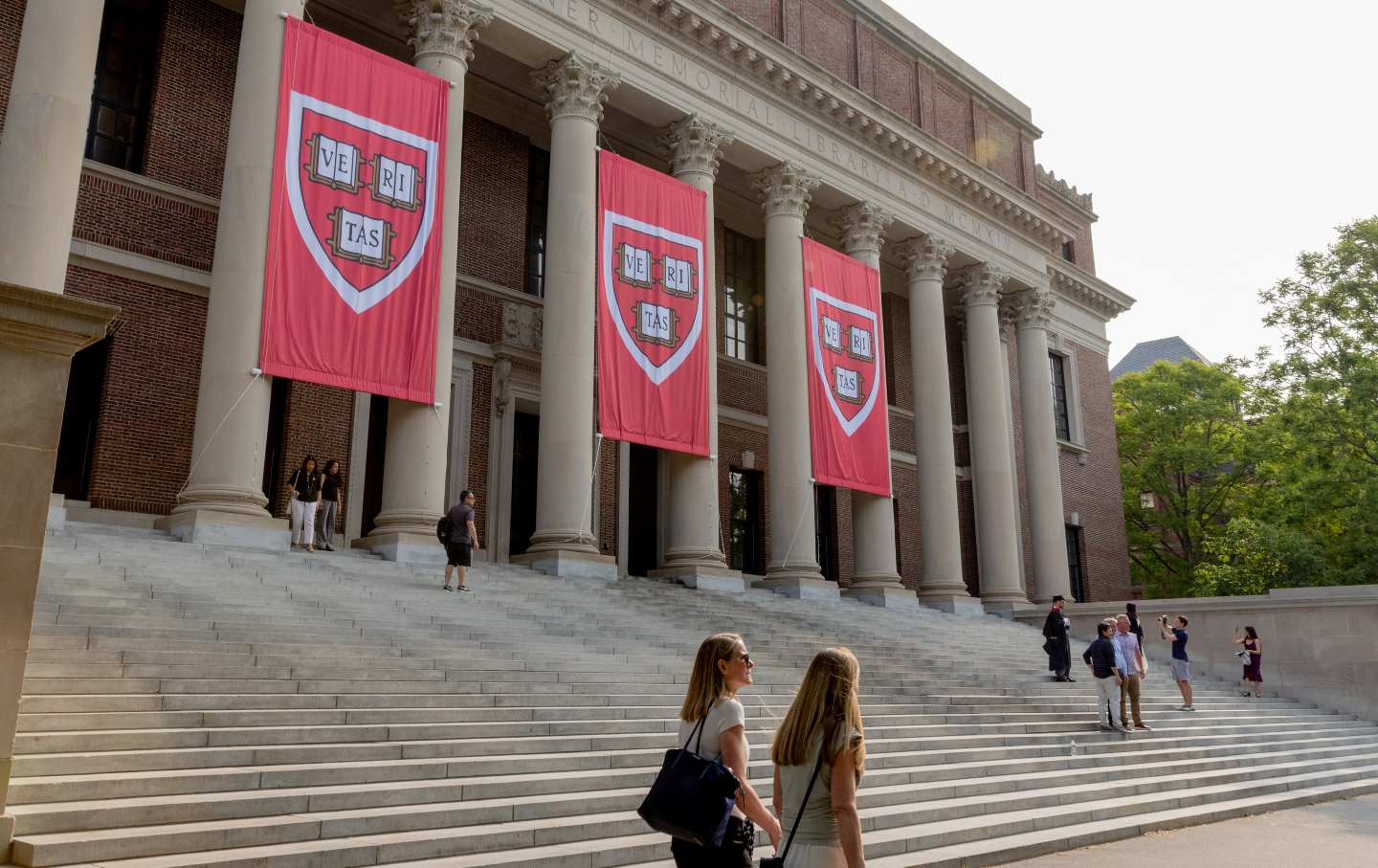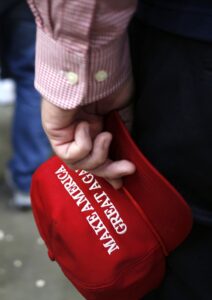September 30, 2025
We’re Thinking About College Rankings All Wrong
By Nic Wong
The annual list from U.S. News and World Report is helpful for affluent families and those with the resources to compete for a spot at elite universities. What about everyone else?

The ostensible arbiter of college rankings—U.S. News and World Report—has released its annual list of the top institutions of higher education. The 2026 report is predictable, with minor changes, ranking elite Ivy League schools like Princeton and Harvard in their top five.
The U.S. News ranking isn’t a goblet of fire from which colleges are cryptically chosen. It claims to base its choices on 17 different categories, including retention rates, financial resources, and standardized test scores. Most universities send in their own data, but statistics from the US Department of Education are also taken into account. In the 19th century, it was initially the responsibility of the Bureau of Education—the Department’s predecessor—to publish annual reports ranking institutions of higher education. That practice ended in 1890.
In 1983, U.S. News published its first college ranking. For nearly 45 years, the list has shaped the perception of higher education as we know it, impacting application rates, enrollment rates, and marketing efforts by universities. For the past eight years, my school UCLA has been leveraging its “#1 public research university” rank placed upon it by U.S. News, publicizing it through banners on campus and online posts to boost applicant appeal (this year UCLA moved to number 2, falling short to UC Berkeley).
But while many rely on the ratings for guidance on where to apply, many others question whether creating such a hierarchy of educational institutions is helpful for the American public at all.


